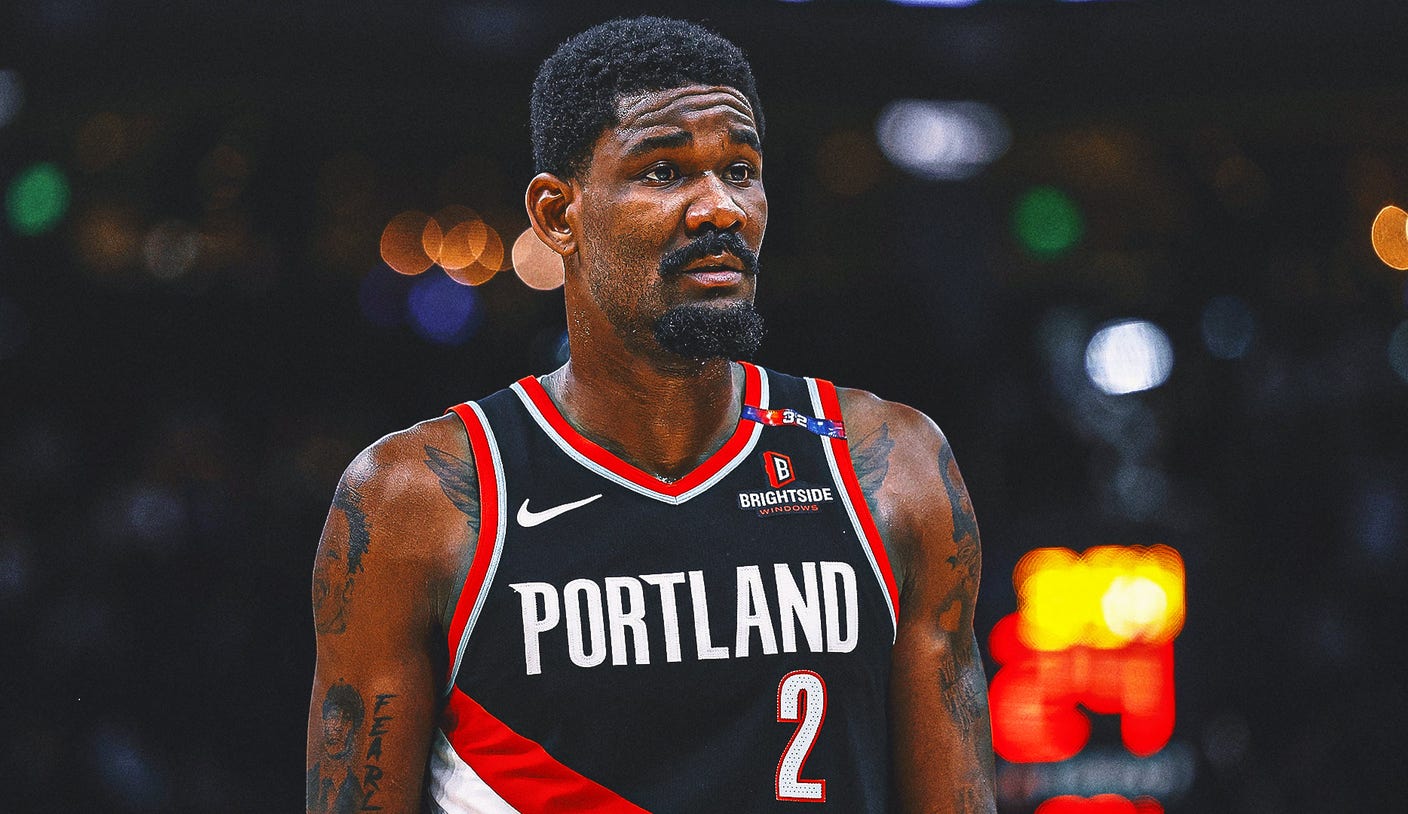Why Audiologists Want You To Change The Way You Use Headphones
You heard it here first.


mbg Contributor
Emma Loewe is the former Sustainability and Health Director at mindbodygreen. She is the author of "Return to Nature: The New Science of How Natural Landscapes Restore Us" and the co-author of "The Spirit Almanac: A Modern Guide To Ancient Self Care." Emma received her B.A. in Environmental Science & Policy with a specialty in environmental communications from Duke University. In addition to penning over 1,500 mbg articles on topics from the water crisis in California to the rise of urban beekeeping, her work has appeared on Grist, Bloomberg News, Bustle, and Forbes.
Image by Lucas Ottone / Stocksy December 16, 2024 We carefully vet all products and services featured on mindbodygreen using our Our selections are never influenced by the commissions earned from our links. If you live in a city, a typical day might start with a walk outdoors to the chorus of honking cars, barking dogs, and rambunctious garbage trucks. Then, the headphones go in for a few hours of Zoom calls. Come nightfall, it's time to let off steam at a workout class with the music cranked all the way up or at a crowded restaurant where you fight to be heard by your dining companion. We live in an increasingly noisy world, and it’s having serious consequences on our health. "Any sound, if it's loud enough for long enough, is hazardous," Heather Malyuk, AuD, an audiologist and expert in the field of hearing wellness, explains. “It's kind of like exposure to the sun: If you're in the sun for a couple of minutes, your skin will probably not burn. But if you go out to the beach for eight hours, you'll probably get fried." In the age of noise pollution, hearing loss has never been more common or more preventable. We all need to make ear health a top priority in the years ahead—and a slew of sleek wearables, medical innovations, and urban design changes are here to help us out. Heather Malyuk, AuD, is Head of Audiology for Tuned and owner of Soundcheck Audiology, a private practice focused on hyperspecialized care of the music industry and other alternative patient populations. Barbara Kelley has been the executive director of the Hearing Loss Association of America (HLAA) since 2016. HLAA is a non-profit on a mission to help those with hearing loss through education, information, support, and policy work. Hamid Djalilian, M.D. is board-certified and fellowship trained in Otology, Neurotology, and Skull Base Surgery. In addition to routine conditions of the ear, his areas of expertise include complex ear surgery, hearing loss, and balance disorders.
Meet the experts
Heather Malyuk, AuD
Barbara Kelley
Hamid R. Djalilian, MD
The underrated threat of noise pollution on public health
It's not just city dwellers who are exposed to loud sounds daily—we're all living through what Nature1 has deemed an “epidemic of noise.” As shown in a recent report by the United Nations Environment Programme, the increasing noise pollution in developed countries comes with unique health risks, from elevated blood pressure2 to disrupted sleep to tinnitis and, in some cases, irreversible hearing loss.
"When you have either a very loud sound for a short period of time or a loud sound for a prolonged period of time, then you can get hearing damage," says Hamid R. Djalilian, MD, an otolaryngologist who specializes in hearing disorders.
You can safely be in an environment with 85 decibels of noise (about what you’d hear in a bustling restaurant or heavy traffic) for eight hours at a time. But whenever you are exposed to sounds that are louder or last longer, you risk permanently damaging the delicate hair cells in the cochlea or inner ear. We have thousands of these cells, so injuring a few of them is no big deal. Over time, though, if enough cells are damaged, hearing loss can occur.
And rates of noise-induced hearing loss are steadily rising around the world. In the U.S.3, an estimated 17% of adults have permanent hearing damage due to excessive exposure to noise. According to the CDC4, hearing loss is now the third most common chronic physical condition, twice as prevalent as diabetes or cancer. And the World Health Organization5 predicts that by 2050, nearly 2.5 billion people globally will suffer from it to some degree.
While hearing loss may seem benign compared to other chronic issues, make no mistake: it's a threat to public health.
Just consider the fact that people often withdraw from friends, family, and community when they lose ability to hear, putting themselves at greater risk of social isolation and loneliness6. Hearing loss also impairs productivity and thinking skills, which impacts your ability to make money. In some cases, it has been shown to increase dementia risk7. Not to mention, older adults with hearing loss are 2.4 times more likely to suffer a fall—a leading cause of death in the elderly population.
"People often think hearing loss is just loss of communication,” says Malyuk, “but it's so much more."
Children and teens run an even greater risk
Rates of noise-induced hearing loss, and the health issues it causes, will likely continue to skyrocket as Gen Zers—who have been nicknamed the "headphone generation"—come of age.
After all, high headphone use8 has been associated with an increased risk of hearing loss. And the Hearing Loss Association of America (HLAA) estimates that 1 in 5 teens have already lost some degree of hearing. Many of these cases are subclinical, meaning they wouldn't necessarily show up on an audiogram, the standard hearing test. This means that we may not know how severe the problem of hearing loss is in today's children and teens until they get older.
"Noise-induced hearing loss is probably occurring in higher rates in this younger generation listening to loud music," Djalilian explains. "And it's probably going to become a much bigger health problem nationally 30 years from now, when these kids are going to be in their 40s to 50s."
The Hearing Loss Association of America (HLAA) estimates that 1 in 5 teens have already lost some degree of hearing
Perhaps the most disturbing aspect of noise-induced hearing loss is that it's entirely preventable. "While we know that hearing loss does increase with age, it's not a normal part of aging—and you can do something about it," says Barbara Kelley, the executive director of the HLAA.
Medical researchers are currently investigating ways to prevent noise-induced hearing loss—but as of now, they're coming up short. Djalilian notes that there is also a push to treat genetic hearing loss using gene therapy, though this research is still in its early stages.
How we’ll take more control of our auditory health in 2024
In the year ahead, expect to see a lot more emphasis on ear health and hearing loss prevention, starting in the workplace.
While we already have strict legal limits on workplace noise exposure in high-risk fields like construction, relatively little attention has been paid to the noises that office workers are exposed to—until now.
Sporting the tagline "If You’re Not Protecting Your Hearing, You’re Losing It," a new organization called Tuned Care gives companies of all kinds the opportunity to add hearing health services to employees' healthcare benefits. These services include annual online hearing screenings, virtual consultations with audiologists, discounted hearing aids, over-the-counter devices, educational materials, and more.
Malyuk, the Head of Audiology at Tuned, notes that employees who work from home are particularly "hungry for hearing care." Case in point: Last year, Tuned conducted a survey of 350 at-home workers and found that, of those who work full-time, 43% report having occasional tinnitus—ringing, buzzing, or chirping in the ears—at work. And 26% of them said their tinnitus has worsened since starting to work from home, potentially due to increased headphone use.
"There's this huge chunk of the workforce that's hurting their ears and not being cared for properly," Malyuk says. But that's starting to change. Since Tuned got started last year, over 1 million people have gained access to the platform. Over the next year, Malyuk says that number is expected to grow exponentially.
Outside the office, new accessories are emerging to protect our ears from damage. Take Loop—a line of earplugs that come in aesthetically pleasing designs and colorways. Maarten Bodewes co-founded Loop in 2016 in the hopes of appealing to concertgoers and ravers who were tired of having ringing in their ears after a show. They sought a solution that would lower the volume without compromising the sound. More recently, the company has also found a new audience in the “noise-sensitive community”; people who are looking to address the loud noises in their daily lives—say, while at parties or out to a restaurant with friends. For these folks, Loop has designed an earplug that has slightly less noise reduction and bass reduction, so you can still hear the person you’re in conversation with but don’t hear yourself talk as much.
The demand for these products is sky-high: Loop went from employing five people in 2020 to employing 210 in 2023. By next year, Bodewes tells mindbodygreen they're looking to expand to 400-450 employees—many of whom will work in R&D to develop the next generation of hearing technology that is fashionable enough to appeal to the younger generations (Loop's core user is between 27-28 years old). The goal? To make ear care devices just as mainstream as other fashion accessories.
Beyond these companies designing new solutions for work and play, community planners and legislators also have a role in a hearing-friendly future. Djalilian notes that policies that set noise limits on concerts, public events, and power tools like lawnmowers could go a long way in protecting people's rights to a quiet environment.
Establishing and maintaining more green space can also positively impact soundscapes in the urban context. Jason Smith, the director of Northern Manhattan Parks at New York Restoration Project, which stewards 52 parks and community gardens around the city, notes that features like shrubs and trees can be very effective at buffering city noise and creating peaceful, welcoming public space. Adding a fountain or water feature can also help drown out the noises of cars driving by.
These features go a long way in making cities safer for both people and wildlife. "There's a lot of powerful evidence about how the levels of sound we create in cities are really not healthy for nature in the city. It's interesting to consider that as we move towards making a more sustainable city for people, we will also make it more sustainable for wildlife as well," says Smith.
All of these innovations support the idea that building quiet, reflective moments into our days will be crucial to the future of well-being—not just for our ears, but for our mental health, relationships, and communities as well. Ram Dass put it best: "The quieter we become, the more we hear."
Forecasting the future
A city dweller of the future walks into a restaurant. On the way over, they listened to the sounds of the urban environment interspersed with the natural chorus of birds, trees, and water features—all of which tuned in below the 85-decibel noise level they know to stay under. Once in the door, they intuitively grab their earbuds just in case the conversations inside are loud. But for tonight, at least, they can put them back; the eatery is calm, welcoming, and easy on the ears.
Writer and explorer Erling Kagge once said that silence is the new luxury, and this will almost certainly become even more true as we move into the years ahead. You heard it here first: As noise pollution puts our hearing at risk, we as a society will need to be more critical about the role that sound—and silence—play in our lives.

 Aliver
Aliver 






























